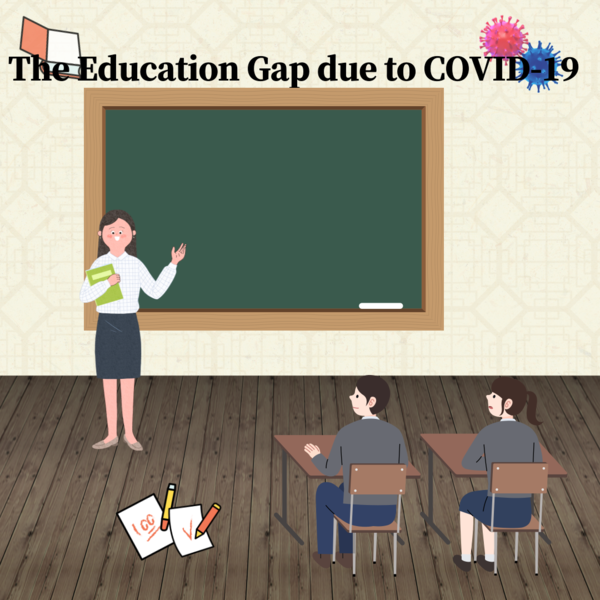Photologue @theuostimes7

With the recent prolonged COVID-19, the issue of the education gap is drawing new attention. As online classes proceed without going to school, concerns about learning deficits have grown, and the gap according to the family background is widening. As schools that have alleviated the difference according to the family background disappear, the difference in academic performance according to the family background becomes more prominent. A survey by the Gyeonggi Institute of Education shows that the poorer the home environment, the more people said they take classes in places that interfere with learning. There was also a difference in terms of whether they own digital devices for online classes and the performance of devices. In addition, the higher the economic level, the better the parents support and guide online learning, and when students express difficulties in learning, they provide more learning support through private education. In addition, according to data from the Korea Institute for Curriculum and Evaluation last month, the phenomenon of "educational polarization" was partially revealed. Educational polarization means that the proportion of ordinary students decreased and the proportion of students under basic education increased within a year in high school, while the proportion of high-ranking students remained the same.
Even if it is converted to school classes after the end of COVID-19, the educational gap is likely to widen as social and economic inequality caused by COVID-19 expands. In particular, it is necessary to carefully examine how learning deficits of vulnerable students will affect in the long run. In addition, in preparation for this situation, measures to improve the quality of education and bridge the gap should be prepared quickly.
https://www.instagram.com/p/CWxMZGIvmhv/

